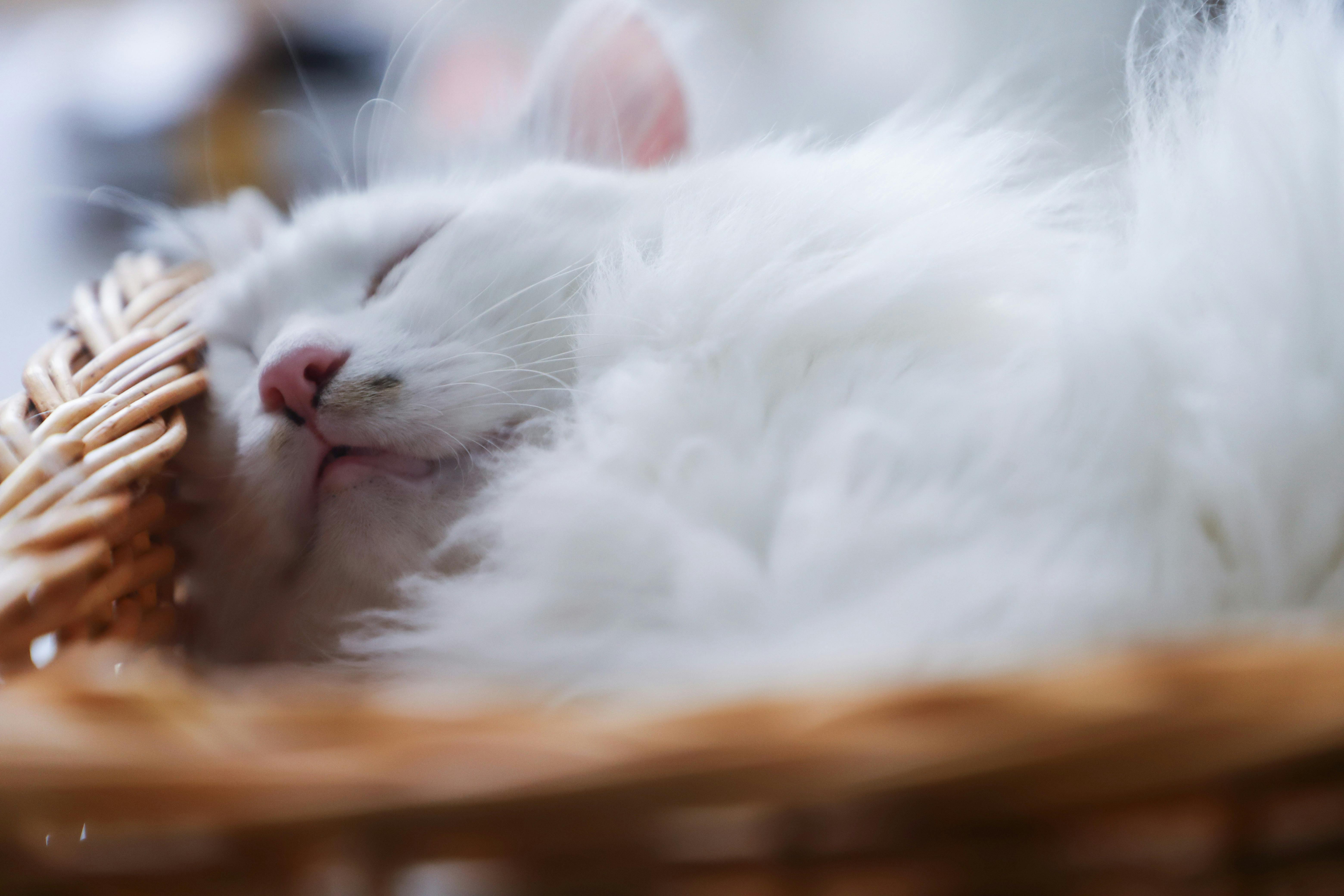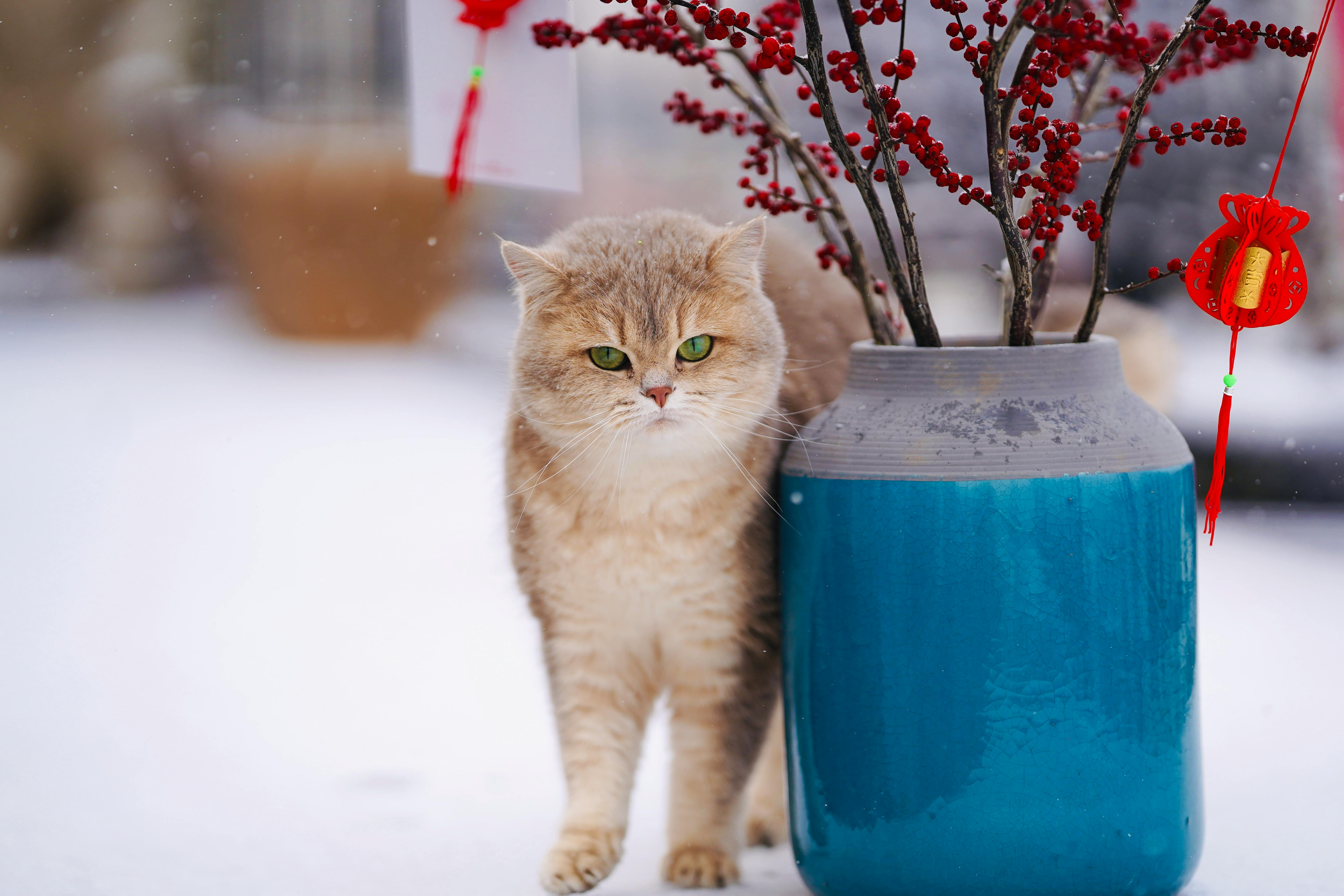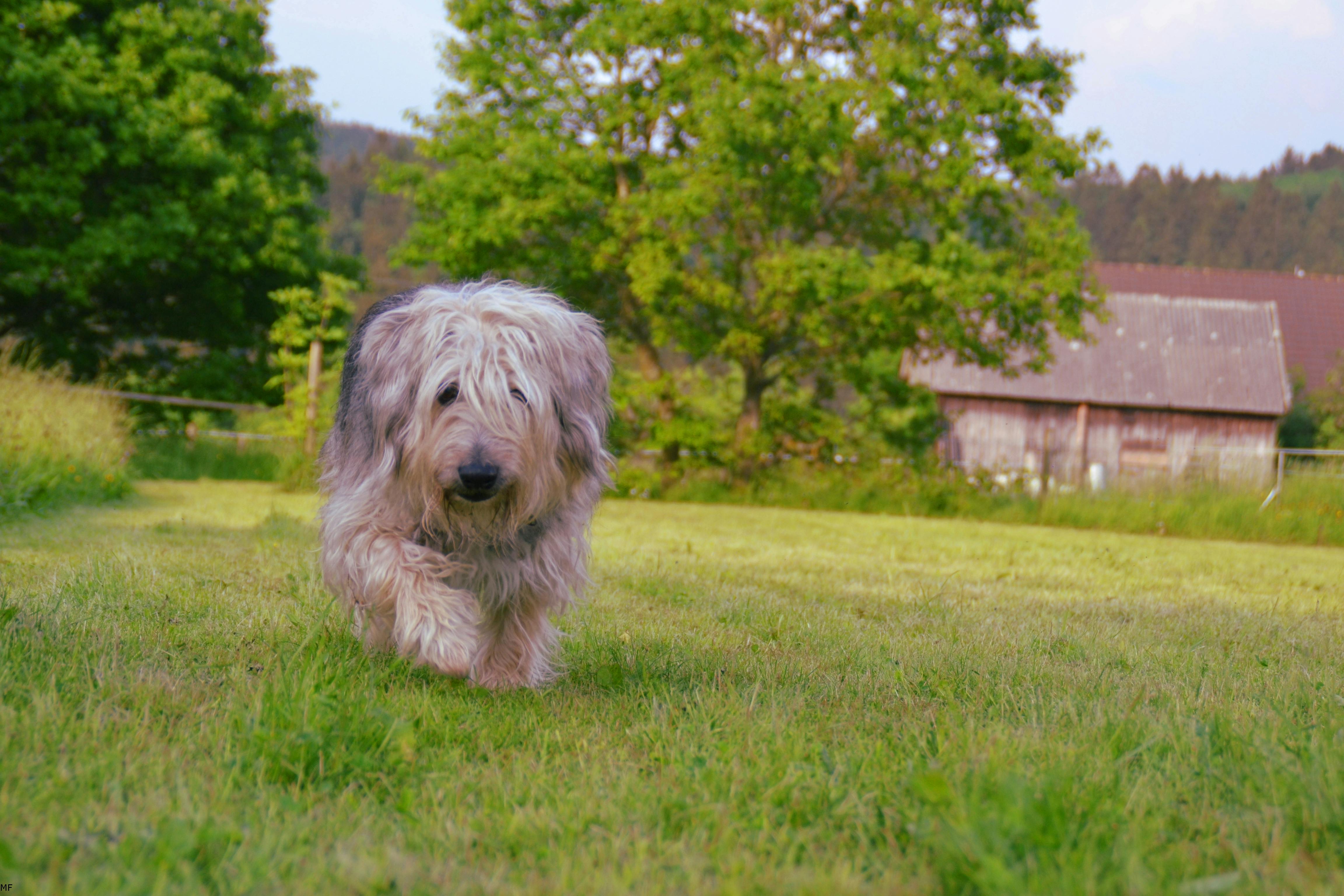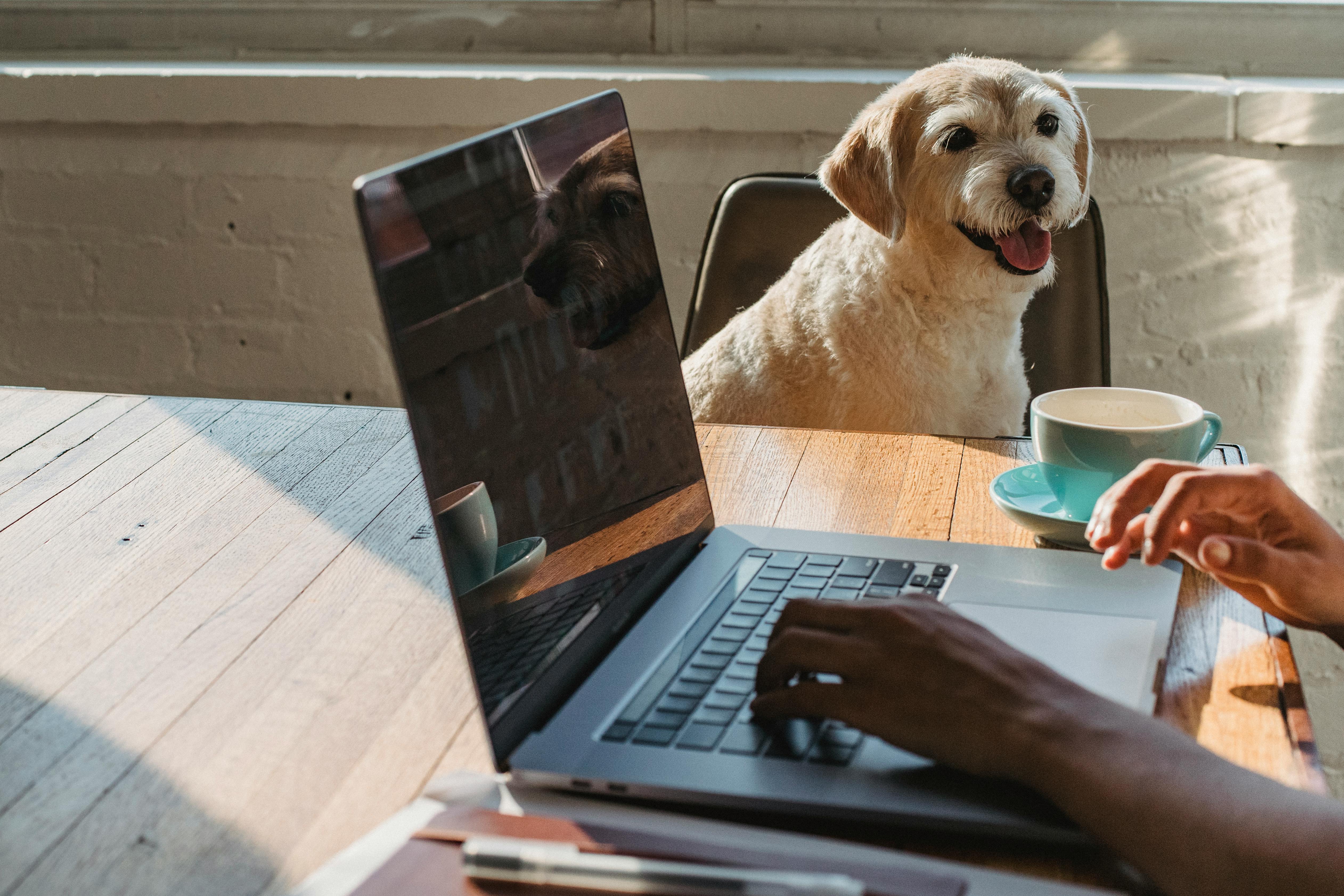Even in the cleanest and seemingly safest house or apartment, a threat to your dog’s health can lurk. There are many common household items that we all keep that can be a threat to your dog, either making it sick or causing death.
Did you know that an environmental toxin can be any substance found outside of an animal’s body that, if ingested or exposed to, can cause harmful biological changes?
We live in a world where we are trying to go “green” and yet so many of our homes are full of things that can cause harm to our dogs.
Did you know that secondhand cigarette smoke can cause cancer in dogs? Rotting food found in a trash can has the potential to cause illness or death.
Substances found in a home that can become a lethal threat range from insecticides and polluted water that contaminates the environment to a host of other things that seem small and insignificant.
I hope this article will somehow open readers’ eyes and possibly prevent a dog or other pet from having to get sick or die.
Dogs as you know are one of the most curious household pets, a monkey may be more curious but when it comes to putting things in their mouths I think dogs beat all other critters.
Since a dog has no hands to figure things out, his first choice is his mouth, and whether it tastes good or not, his mouth goes. I have never read anywhere that dogs are gourmet eaters. It seems that his philosophy is that, if it fits, it can be chewed and/or swallowed. The problem with this philosophy is that the toxins in the objects can cause disease and/or the objects can cause serious blockages within the dog’s body.
So what is a dog owner to do? First of all, there are some simple rules to follow that will prevent some accidents from happening. Especially if you have a puppy or a dog that loves to chew, keep small things out of your dog’s reach. Things like small rubber balls, jewelry, medicine bottles of all kinds (glass or plastic), containers of ant or mouse poison, household cleaning products, live wires lying on the floor that can be chewed on, containers that they contain insecticides, fertilizers, automotive fluids such as antifreeze, power steering fluid, and the like. Anything you don’t think you would like to swallow, consider it a “no-no” for your dog.
There are many foods that can cause a toxic reaction in a dog:
– Alcohol – in addition to causing poisoning, it can cause a coma or even be fatal.
– Avocados: A fatty acid found in avocado leaves, fruit, seeds and rind called ‘persin’ can cause shortness of breath, abnormal collections of fluid in the chest, abdomen and the sac around the heart.
– Chocolate: This and any products related to chocolate, such as cocoa powder, cocoa beans and cocoa mulch, are very dangerous for dogs. These products contain caffeine and theobromine, both of which are nervous system stimulants and since dogs metabolize theobromine more slowly than humans, it can cause a multitude of problems, including death. Dark chocolate has the highest concentration.
– Coffee, tea and colas – contain caffeine and can cause caffeine toxicity, and tea and colas contain theobromine.
– Grapes and raisins – are highly toxic to dogs – we don’t know the toxic component, but eating large amounts can cause kidney damage or failure.
– Macadamia Nuts: Another toxic mystery, but a dangerous food for dogs, it can cause depression, hyperthermia, weakness, muscle stiffness, tremors, and increased heart rate.
– Mushrooms: contain toxins that can be fatal if eaten by a dog.
– Nutmeg – I didn’t know this would affect a dog, but it is on the list of very dangerous dog foods, and if a dog eats enough it can be fatal. I don’t know what’s enough, so keep it away from your dog.
– Onions and garlic: It is not known how much onion or garlic a dog (or cat) should consume, but they are considered dangerous because they contain sulfoxides and disulfides, which can break down red blood cells and cause anemia. As I have read, consuming it in large quantities can result in severe anemia and even death, if not treated by your vet.
– Xylitol: This is a sugar substitute found in some sugar-free gums and candies that is extremely harmful to dogs. If a dog eats enough treats, it can cause life-threatening low blood sugar, loss of coordination, depression, liver damage, collapse, and seizures.
– Yeast Dough: Rising yeast dough can cause gas to build up in a pet’s digestive system and cause the stomach or intestines to rupture. Do not feed your dog raw dough that contains yeast. Once it’s cooked, a small amount of bread or rolls is fine for your pet.
Some plants are also very toxic to dogs. Puppies are often the most curious, but dogs that love to dig can also have problems.
The following plants generally cause the same amount of problems and these are the symptoms: vomiting, diarrhea, depression, loss of appetite, abdominal pain, lethargy, drooling, tremors, seizures, and upset stomach.
Amaryllis, azaleas, autumn crocuses. Christmas pine needles, chrysanthemums, cyclamen, daffodils, some ivy, holly, kalanchoe and lilies, sago palms, oleanders, poinsettia, tulips and daffodils are the most common bulbs. common found in our gardens. However, the Caster Oil plant contains a highly toxic protein and one bean can kill a human and four beans can kill a horse, so I would rid my garden of that plant just to be safe. If a bean can kill one of us, I’d bet a serious chew on it by a puppy or dog could be lethal.
Also new in the garden circle is cocoa bean mulch that smells like chocolate, dogs are attracted to it and eat it. It can cause a lot of problems including death, stick to our regular mulch to be safe.
Do not allow your dog to swim in standing water or any water that you are not sure is free of contamination.
Dogs are like children, they are very curious and are attracted to things because they smell good. If it smells good, it should taste good and that’s where the problem lies.
All dogs are at risk when it comes to chewing or swallowing a toxic or obstructive object, especially older dogs and young puppies. It’s a good idea to “baby-proof” your home by keeping things out of your dog’s reach, and when you’re outdoors, a watchful eye can prevent any mishaps.
Invest in an emergency first aid kit for your dog. Must contain:
– a fresh bottle of hydrogen peroxide (3%) to induce vomiting
– a turkey baster or a large syringe to deliver the peroxide into the dog’s mouth
– saline solution for the eyes
– artificial tear gel to lubricate the eyes after rinsing
– forceps (tweezers) to remove stingers
– a muzzle to protect against bites induced by fear or excitement
– Mild dishwashing liquid to cut through the grease to bathe the skin after any contamination
– a can of your pet’s favorite wet food
– a pet carrier
Keep your vet’s phone number near your phone, and also keep the ASPCA’s poison control number 888-426-4435 (there is a charge for this service), with information about their safety.
If at any time you think your pet has ingested a toxic substance, call your vet immediately. Time is of the essence and the life you save will be that of your pet.




